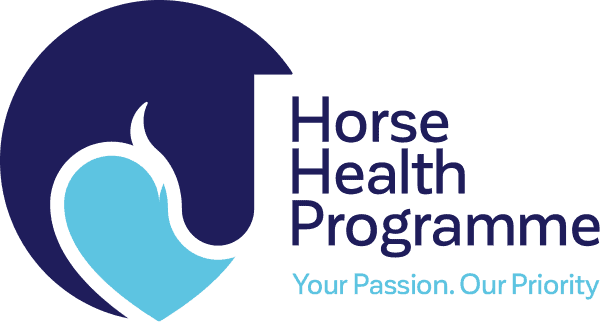Routine health checks
Checking for signs of disease
Your veterinary surgeon should carry out an annual health check on your horse. But as owners we can perform regular checks ourselves to ensure that any signs of disease are identified early. In most cases routine checks are second nature and often you will perform them subconsciously every time you ride, groom, feed, bring in or turn out your horse. Here’s a handy list of regular checks to make:
- Skin and coat
- Teeth and eating
- Eyes, ears, nose
- Legs
- Urine and faeces
- Appetite and water intake
- Behaviour.
If anything appears out of the ordinary then get in touch with your veterinary surgeon who will be able to give you advice.
Knowing the normal values for things such as breathing rate and heart rate in your horse can be very useful in identifying stress or disease early. Any changes from these normal values could indicate a problem.
What is the normal range of a horse’s heart rate?
At rest = 28-48 beats per minute. At exercise = up to 200 beats per minute. The heart rate is measured with a stethoscope or by feeling the pulse in the lower leg or jaw. If at rest the heart or pulse rate is raised this may be a sign that the horse is in pain or stressed.
What is the normal range of a horse’s breathing (respiratory) rate?
At rest = 10-14 breaths minute. Breathing rate can be measured with a stethoscope or watching the sideways expansion of the chest. The rate can often be raised when the horse is stressed or sick.
What is a horse’s normal body temperature?
Normal Temperature = 99.5-101.3°F or 37.5-38.5°C
The temperature is taken by inserting the thermometer into the anus of the horse and holding against the side of the rectum. Do not stand directly behind the horse when taking the temperature. Low readings may be taken if the thermometer is inserted into a piece of faeces by accident. It is important to seek advice from your veterinary surgeon if you are inexperienced at this.





